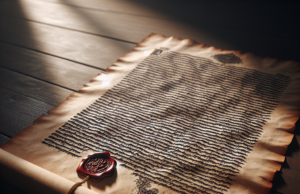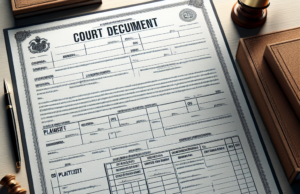Ultimate Guide to The Types of Divorce Overview

There are many reasons that couples decide to file for divorce.
In some cases, couples take part in a divorce in which there is a mutual agreement to divorce.
Many times, those couples decide to work together to come to an agreement on all aspects involved in the divorce settlement.
For example, a couple may work together to decide on the distribution of all marital property, which spouse is responsible for debt, alimony, and all issues that relate to children.
Issues that relate to children include child custody, child support, visitation, and decision-making power for issues that affect the child.
Many times, spouses want what is best for their children and often feel that those decisions should be made by them, rather than by the courts.
In other cases, spouses do not agree to divorce or cannot agree on a fair distribution of property and assets.
That type of divorce is called a contested divorce. In that case, couples are unable to come to an agreement on all of the terms involved in a divorce.
For example, they may be unable to work out visitation and custody of any children involved. However, those couples may still have agreed to divorce due to simple irreconcilable differences.
That couple is likely taking part in a no-fault divorce, or a divorce in which neither party is blamed for breaking the marriage contract. In each type of divorce, the desired outcome is generally the same.
Couples must distribute all marital assets and have an agreement in place for any child-related issues. In addition, couples generally have a spousal support agreement.
In some cases, couples can come to these agreements on their own. In other cases, couples work through mediators or collaborative family lawyers, to come to their agreements in the absence of court intervention.
In yet other cases, couples require court intervention, in which the judge makes all decisions that pertain to the divorce.
Collaborative divorce is accomplished in the absence of court intervention. Generally, this type of divorce is utilized by couples that hope to avoid the conflict and accusations which generally arise in divorce cases that are heard by the courts.
In fact, these couples strive for an amicable divorce. Couples generally seek the advice of a collaborative family lawyer to come to a divorce agreement.
These lawyers specialize in helping couples to come to a mutual understanding regarding all terms in their divorce agreement.
In fact, couples involved in collaborative divorce, generally report higher satisfaction with the outcome of their divorce.
In part, their satisfaction is due to their ability to take part in all aspects of the process. Couples are given ample time to discuss all of their options.
In addition, the couple is spared from the conflict often found within courtrooms. For some couples, an added benefit is the idea of a divorce record that contains only minimal information as it relates to the divorce.
In fact, their divorce record will only contain their divorce agreement, while other divorce records include information from the facts presented in court.
Since divorce records are available to the general public, many couples wish to avoid making accusations in court and placing blame since it would all appear in the divorce record.
Couples that take part in a collaborative family law divorce, avoid many of the stressors associated with other types of divorce.















